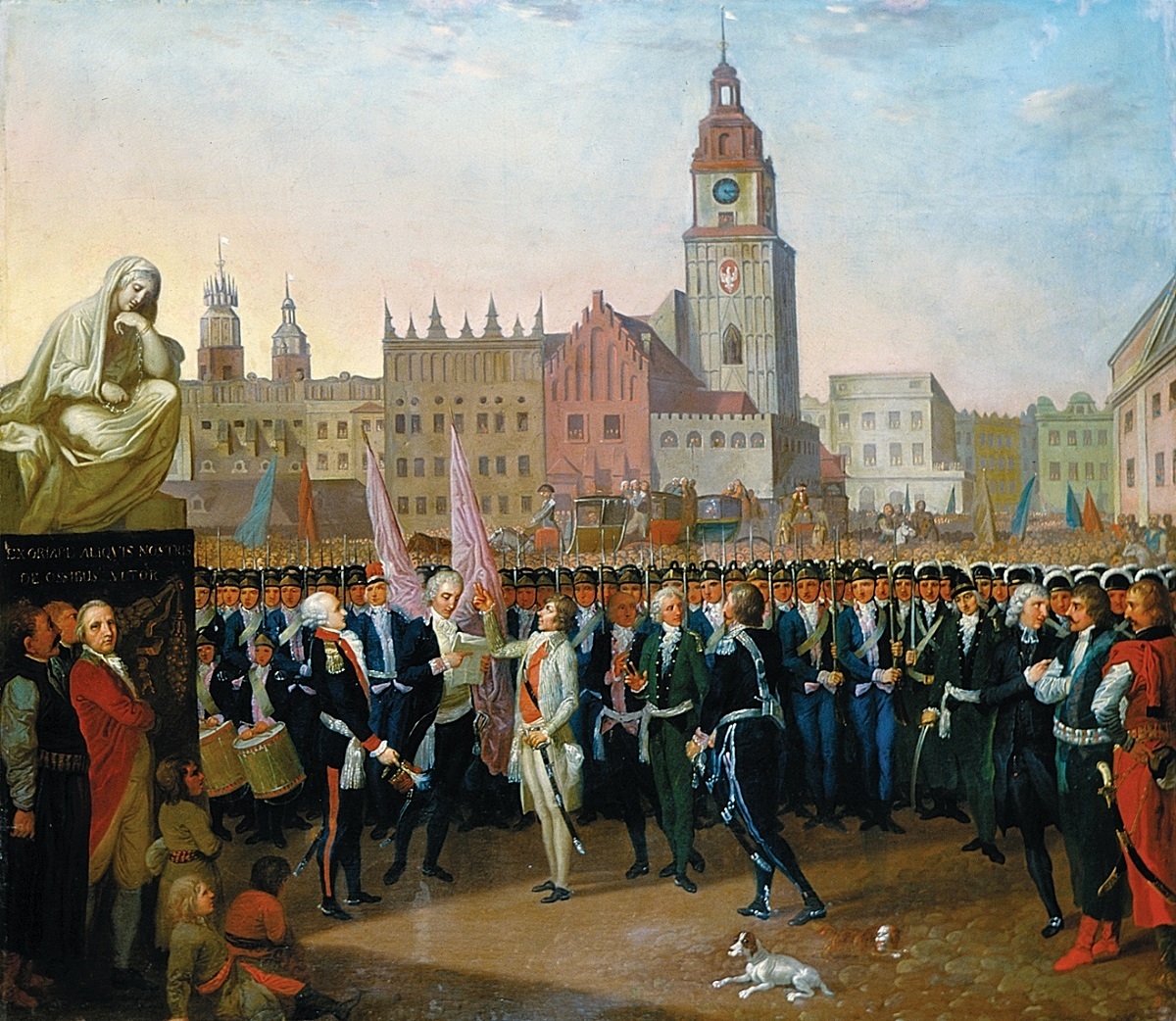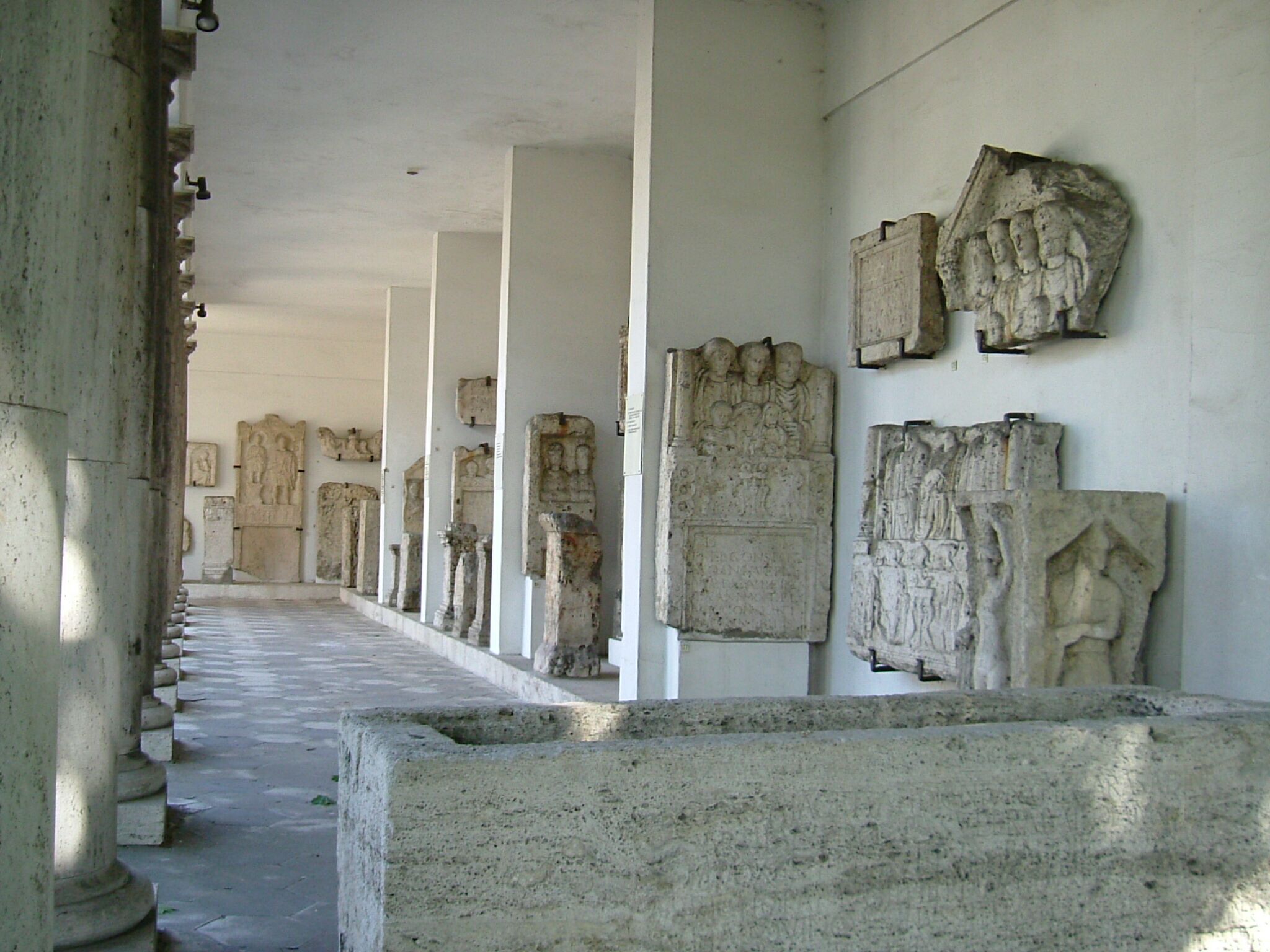|
Gothic House (Puławy)
The Gothic House ( pl, Dom Gotycki) or Domek Gotycki ("Little Gothic House") is a small neo-Gothic architecture, neo-Gothic garden pavilion in Pulawy, Poland, forming part of the palace and park of the Pałac Czartoryskich (Pulawy), Pałac Czartoryskich. It was built between 1801 and 1809 to designs by Chrystian Piotr Aigner on the foundations of a Baroque garden pavilion which had been Kościuszko Uprising, destroyed by Russian troops in 1794. Its masonry was partly new but partly also reused pieces of stone from historic buildings and sites in Italy, Spain and Poland collected by Izabela Czartoryska for her lapidarium. It was designed to expand the display space in the nearby Temple of the Sibyl, displaying items on the exterior as well as the interior. After the failure of the November Uprising in 1831 and the Russian confiscation of the Czartoryska family art collections, most of the stones embedded in the walls were removed or destroyed by the Russians. In 1869 Dmitry Tolstoy ... [...More Info...] [...Related Items...] OR: [Wikipedia] [Google] [Baidu] |
Neo-Gothic Architecture
Gothic Revival (also referred to as Victorian Gothic, neo-Gothic, or Gothick) is an architectural movement that began in the late 1740s in England. The movement gained momentum and expanded in the first half of the 19th century, as increasingly serious and learned admirers of the neo-Gothic styles sought to revive medieval Gothic architecture, intending to complement or even supersede the neoclassical styles prevalent at the time. Gothic Revival draws upon features of medieval examples, including decorative patterns, finials, lancet windows, and hood moulds. By the middle of the 19th century, Gothic had become the preeminent architectural style in the Western world, only to fall out of fashion in the 1880s and early 1890s. The Gothic Revival movement's roots are intertwined with philosophical movements associated with Catholicism and a re-awakening of high church or Anglo-Catholic belief concerned by the growth of religious nonconformism. Ultimately, the "Anglo-Catholicism" tra ... [...More Info...] [...Related Items...] OR: [Wikipedia] [Google] [Baidu] |
Poland
Poland, officially the Republic of Poland, is a country in Central Europe. It is divided into 16 administrative provinces called voivodeships, covering an area of . Poland has a population of over 38 million and is the fifth-most populous member state of the European Union. Warsaw is the nation's capital and largest metropolis. Other major cities include Kraków, Wrocław, Łódź, Poznań, Gdańsk, and Szczecin. Poland has a temperate transitional climate and its territory traverses the Central European Plain, extending from Baltic Sea in the north to Sudeten and Carpathian Mountains in the south. The longest Polish river is the Vistula, and Poland's highest point is Mount Rysy, situated in the Tatra mountain range of the Carpathians. The country is bordered by Lithuania and Russia to the northeast, Belarus and Ukraine to the east, Slovakia and the Czech Republic to the south, and Germany to the west. It also shares maritime boundaries with Denmark and Sweden. ... [...More Info...] [...Related Items...] OR: [Wikipedia] [Google] [Baidu] |
Chrystian Piotr Aigner
Chrystian Piotr Aigner (1756 in Puławy, Poland – 9 February 1841 in Florence, Italy) was a Polish architect and theoretician of architecture. Life Chrystian Piotr Aigner acquired extensive knowledge of architecture in the course of several journeys to Italy that he made in the company of his patron and subsequent collaborator and friend Stanisław Kostka Potocki. He studied in Italy. Later, during a long association with the city of Warsaw, he created many Classicist buildings in the Polish capital. A member of Rome's Academy of St. Luke, and of the Warsaw Society of Friends of Learning, and from 1817 a professor of architecture at Warsaw University, he was active in Warsaw until 1825 and in Kraków before leaving for Italy for good in 1827. Aigner at first applied the decorative forms of early Neoclassicism (Marynka's Palace in Puławy) or made reference to the works of Andrea Palladio (the façade of St. Anne's Church in Warsaw). In a later period, he reworked patterns dr ... [...More Info...] [...Related Items...] OR: [Wikipedia] [Google] [Baidu] |
Kościuszko Uprising
The Kościuszko Uprising, also known as the Polish Uprising of 1794 and the Second Polish War, was an uprising against the Russian Empire and the Kingdom of Prussia led by Tadeusz Kościuszko in the Polish–Lithuanian Commonwealth and the Prussian partition in 1794. It was a failed attempt to liberate the Polish–Lithuanian Commonwealth from external influence after the Second Partition of Poland (1793) and the creation of the Targowica Confederation. Background Decline of the Commonwealth By the early 18th century, the magnates of Poland and Lithuania controlled the state – or rather, they managed to ensure that no reforms would be carried out that might weaken their privileged status (the "Golden Freedoms"). Through the abuse of the '' liberum veto'' rule which enabled any deputy to paralyze the Sejm (Commonwealth's parliament) proceedings, deputies bribed by magnates or foreign powers or those simply content to believe they were living in an unprecedented "Go ... [...More Info...] [...Related Items...] OR: [Wikipedia] [Google] [Baidu] |
Izabela Czartoryska
Elżbieta "Izabela" Dorota Czartoryska (''née'' Flemming; 3 March 1746 – 15 July 1835) was a Polish princess, writer, art collector, and prominent figure in the Polish Enlightenment. She was the wife of Adam Kazimierz Czartoryski and a member of the influential '' Familia'' political party. She is also known for having founded Poland's first museum, the Czartoryski Museum, now located in Kraków. Life She was the daughter of Count Georg Detlev von Flemming ( pl, Hrabia Jerzy Detloff Flemming) and Princess Antonina Czartoryska. On 18 November 1761, in Wołczyn, she married Prince Adam Kazimierz Czartoryski, thus becoming a princess. She was rumored to have had an affair with the Russian ambassador to Poland, Nikolai Vasilyevich Repnin, who was alleged to have fathered her son Adam George Czartoryski. She had also an affair with the Duke de Lauzun, who says himself in his "Mémoires" he fathered her second son Konstanty Adam. In Paris in 1772, she met Benjamin Frank ... [...More Info...] [...Related Items...] OR: [Wikipedia] [Google] [Baidu] |
Lapidarium
A lapidarium is a place where stone (Latin: ) monuments and fragments of archaeological interest are exhibited. They can include stone epigraphy, epigraphs; statues; architectural elements such as columns, cornices, and acroterions; bas reliefs, tombstones; and sarcophagus, sarcophagi. Such collections are often displayed in the outdoor courtyards of archaeology museums and history museums. A lapidary museum could either be a lapidarium or – less often – a gem museum (e.g. the Mineral and Lapidary Museum, North Carolina). Examples * The Lapidarium, Prague, Lapidarium (in the National Museum (Prague), National Museum), Prague, Czechia * The Lapidarium, Kerch, Lapidarium, Kerch, Crimea * The Lapidarium of Kings, Copenhagen, Denmark * The (museum-lapidarium of Francesco Scipione, Maffei), Verona, Italy * The Lapidary Museum (Avignon), Lapidary Museum, Avignon, France * The Estense Lapidary Museum, Modena, Italy * Split Archaeological Museum See also * A glyptotheque, ... [...More Info...] [...Related Items...] OR: [Wikipedia] [Google] [Baidu] |
Temple Of The Sibyl
The Temple of the Sibyl (in Polish, ''Świątynia Sybilli'') is a colonnaded round monopteral temple-like structure at Puławy, Poland, built at the turn of the 19th century as a museum by Izabela Czartoryska. History The "Temple of the Sibyl" at Puławy, also known as the Temple of Memory, opened in 1801. The structure was modeled after the similar monopteral "Temple of Vesta" at Tivoli, Italy, the site of the Tiburtine Sibyl, which was well known throughout Europe in engravings. The Puławy temple, designed by Polish architect Chrystian Piotr Aigner, memorialized Polish history and culture, and the glories and miseries of human life. Items kept in the Temple of the Sibyl included the Grunwald Swords and a large "Royal Casket" containing portraits and personal items of Poland's monarchs and queens. During the November Uprising of 1830–31, the museum was closed. Izabela Czartoryska's son Adam Jerzy Czartoryski evacuated surviving collections to Paris, France, where h ... [...More Info...] [...Related Items...] OR: [Wikipedia] [Google] [Baidu] |
November Uprising
The November Uprising (1830–31), also known as the Polish–Russian War 1830–31 or the Cadet Revolution, was an armed rebellion in the heartland of partitioned Poland against the Russian Empire. The uprising began on 29 November 1830 in Warsaw when young Polish officers from the military academy of the Army of Congress Poland revolted, led by Lieutenant Piotr Wysocki. Large segments of the peoples of Lithuania, Belarus, and the Right-bank Ukraine soon joined the uprising. Although the insurgents achieved local successes, a numerically superior Imperial Russian Army under Ivan Paskevich eventually crushed the uprising. "Polish Uprising of 1830–31." ''The Great Soviet Encyclopedia'', 3rd Edition (1970–1979). G ... [...More Info...] [...Related Items...] OR: [Wikipedia] [Google] [Baidu] |
Dmitry Tolstoy
Count Dmitry Andreyevich Tolstoy (russian: Дми́трий Андре́евич Толсто́й; , Moscow – , Saint Petersburg) was a Russian Politician, statesman, a member of the State Council of Imperial Russia (1866). He belonged to the count, comital branch of the Tolstoy family. Tolstoy graduated from the Tsarskoye Selo Lyceum in 1843. He held a managing position at the Ministry of the Navy beginning in 1853. Tolstoy was an Procurator (Russia), Ober-Procurator of the Holy Synod in 1865–1880, simultaneously holding a post of the Minister of National Enlightenment in 1866–1880. In 1871, Tolstoy was in charge of the college reform, which would result in the prevalence of the classical education (included Latin and Greek languages and ancient literature, among other things). In 1872, as Education minister, Tolstoy agreed to the opening by Vladimir Guerrier, V. I. Guerrier of his Higher Women's Courses in Moscow, thus establishing higher education for women in ... [...More Info...] [...Related Items...] OR: [Wikipedia] [Google] [Baidu] |







